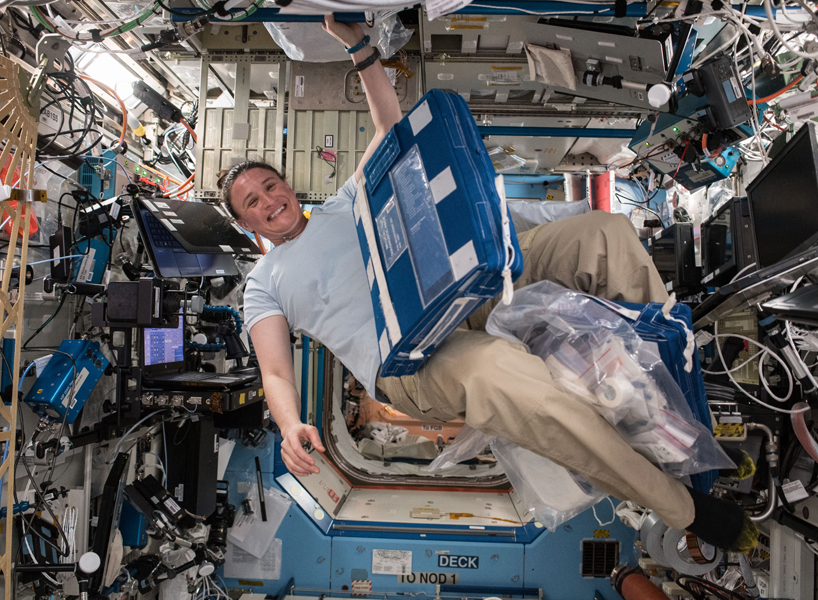

Because the ISS zips through space at about 27,000 km/h, even dust-sized grains present a considerable danger. This shell must also provide protection from impacts by tiny meteoroids and man-made debris. Lightweight aluminum, rather than steel, comprises most of the outer shell for the modules. Engineers had to use these materials to make the structure lightweight yet strong and puncture-resistant.īecause each of the aluminum-can shaped components of the Station has to be lifted into orbit, minimizing weight is crucial.

Titanium, Kevlar, and high-grade steel are common materials in the ISS. "In our case, it's the Shuttle payload bay."Ībove: Building a home for living in space requires a little more than plywood and two-by-fours. "So the option that was looked at is to take the pressurized compartments up in segments that are as big as you can lift in a particular launch vehicle," he continued.

"Even though (the wheel design is) an elegant concept," says Nagy, "you have to think in terms of the current launch vehicles that we have and how you get all the pieces on board and assembled into a unified body." So why does the ISS look more like an Erector Set than a big hamster wheel? Other visionaries, such as NASA's own Wernher von Braun, also saw a spinning wheel as the most likely space station design. Clarke science fiction classic 2001: A Space Odyssey, these ring-shaped outposts would slowly rotate to create a centrifugal pull that acted as a false gravity. As seen in the Stanley Kubrick / Arthur C.
INTERIOR INTERNATIONAL SPACE STATION FREE
"It's in free fall, so there's no need to say 'this is up' and 'this is down' from the standpoint of the station's architecture and structural integrity," said Kornel Nagy, structural and mechanical systems manager for the International Space Station (ISS) at NASA's Johnson Space Center.įor example, science fiction writers often imagine that a space station would be wheel shaped. The first thing an architect would notice about building in space is the pull of gravity - or rather the lack thereof! A freely-falling space home in Earth orbit can take a wider variety of basic shapes than homes on the planet below. Sign up for EXPRESS SCIENCE NEWS delivery

The unique conditions of space lead to a design that looks more like modern art made from soup cans than what most people think of as a home! [click image to In contrast, an orbiting structure's design should make sense in microgravity, and at the same time be able to withstand the tremendous 3-g acceleration of a rocket blasting into space.įor these and other reasons, building a structure for living in space poses a different set of design challenges than building homes on the ground.Ībove: The International Space Station looks quite unlike homes built here on Earth. The structure of earthbound buildings must support a constant gravitational pull of 1-g. But a home in Earth orbit must shield its occupants from the solar wind, and it must withstand a steady rain of dust-sized meteoroids, many moving faster than a speeding bullet!Ī terrestrial house has insulation to keep the air inside cool or warm, but a space home must be tightly sealed just to keep the air inside. Ma- Homes on Earth provide shelter from the wind and rain.


 0 kommentar(er)
0 kommentar(er)
